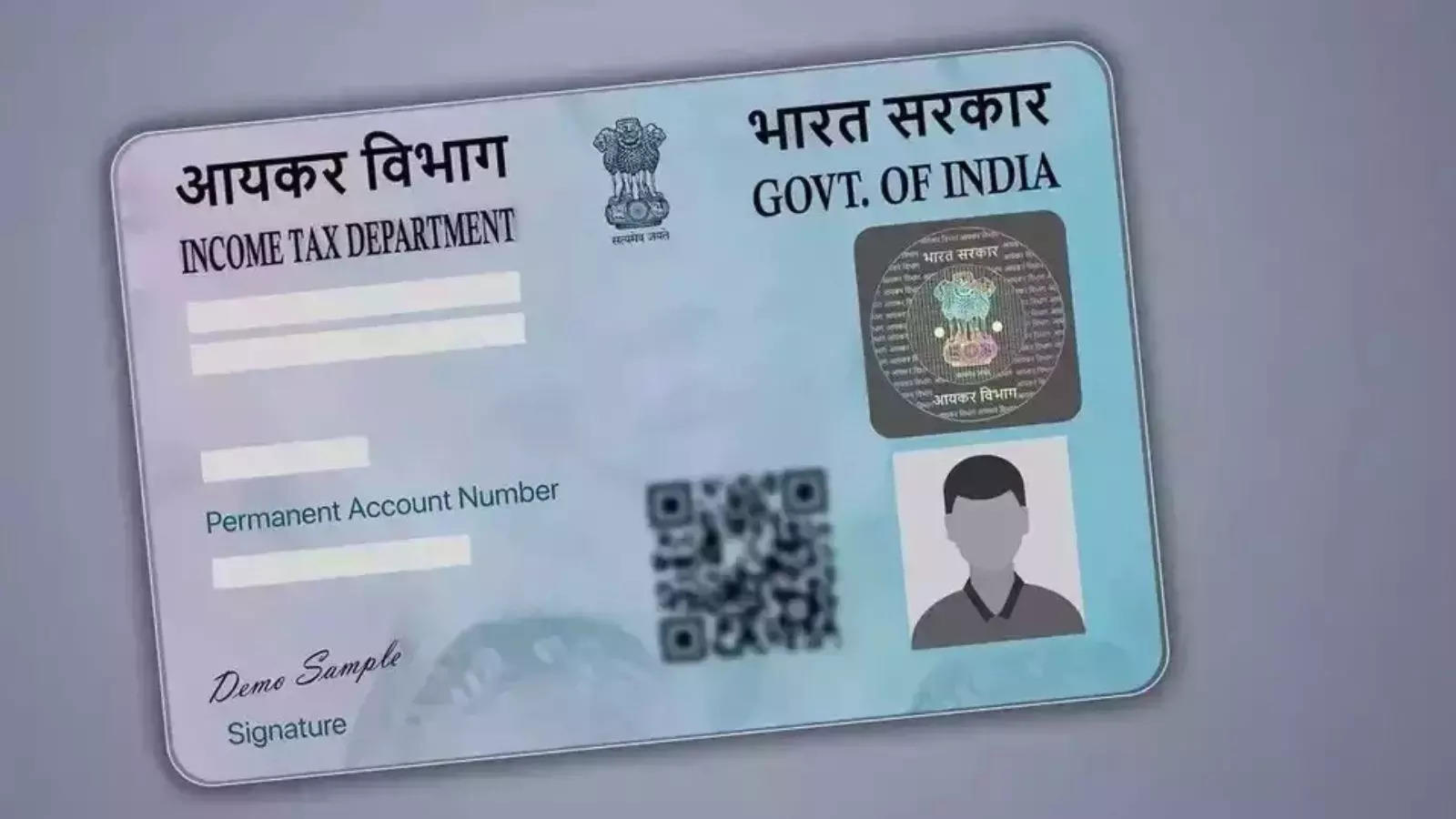PAN Card Now Valid For Identity Verification: How It Benefits You

The Permanent Account Number (PAN) card will now serve as a valid document for identity verification, marking a significant update in financial regulations. According to the revised technical guidelines issued by the Insolvency and Bankruptcy Board of India (IBBI) on Wednesday, the Insolvency and Bankruptcy Code (IBC) has now included the PAN card at par with other officially valid documents. This change aims to simplify the verification process for users and enhance transparency in financial transactions.
Experts believe that validating PAN as an identity proof will streamline financial procedures, making them more efficient and user-friendly.
PAN Card Verification for Information Utilities
As per the updated guidelines issued by IBBI, information utilities (IUs) must now obtain a Sub-Authentication User Agency (SUA) license from the Unique Identification Authority of India (UIDAI). This will allow them to carry out demographic authentication of users during the registration process, further ensuring the credibility of financial data.
Additionally, IBBI has mandated that information utilities use PAN or any other officially valid document (OVD) to verify the identity of users seeking access to data related to corporate debtors (CDs).
IUs are responsible for maintaining electronic databases containing financial information about corporate debtors, including:
- Loan records
- Balance sheets
- Cash flow statements
- Details of assets
This initiative is expected to eliminate incorrect information, reduce delays, and prevent disputes in insolvency and bankruptcy proceedings. Experts suggest that this move reflects a proactive and pragmatic approach by IBBI, ensuring greater transparency and seamless financial processes.
Government Introduces PAN 2.0
The government has also introduced PAN 2.0, a new and advanced version of the traditional PAN card system, similar to m-Aadhaar or e-Aadhaar. The digital transformation of PAN aims to enhance its usability for identity verification, KYC, and authentication purposes.
To support this initiative, the government has allocated ₹1,435 crore for a comprehensive upgrade of the existing PAN infrastructure. PAN 2.0 will be a more advanced version, offering improved user convenience and better integration with digital systems.
What Will PAN 2.0 Offer?
Currently, the electronic version of PAN 1.0 has limited KYC applications and does not serve as address proof. However, with the launch of PAN 2.0, many questions arise regarding its features, particularly:
- Will PAN 2.0 include dynamic QR codes for identity verification?
- Can PAN 2.0 be used as valid proof of address?
Experts believe that additional clarification is needed regarding the dynamic QR code functionality of PAN 2.0, especially its ability to display residential information.
Currently, PAN is an essential but not sufficient document for KYC compliance. It is not classified as an officially valid document (OVD) but serves as a unique identifier for taxation and anti-money laundering purposes.
An expert states: "In its current form, PAN is necessary but not sufficient for KYC. It is not classified as an OVD (officially valid document); rather, it is a unique identifier used for tax and anti-money laundering purposes. In addition to collecting the PAN (i.e., the number), the regulated entity must still collect an ID card (OVD). Though the current PAN card format does not meet KYC requirements, its linking to Aadhaar can enable KYC verification ."
With the inclusion of PAN in identity verification, the insolvency and bankruptcy process will become more efficient and transparent. Additionally, the introduction of PAN 2.0 aims to further digitise the system, enhancing ease of use and streamlining KYC processes.
As the government continues to develop digital solutions, PAN is expected to play a larger role in identity verification and financial compliance. However, further clarifications on PAN 2.0’s features will be crucial in determining its effectiveness in KYC procedures.
Next Story